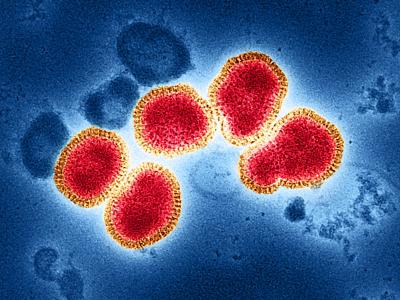Global flu levels are decreasing, but remain elevated due to ongoing activity in the Northern Hemisphere, the World Health Organization (WHO) said this week in an update, which covers the last week of December and the first week of January. In another development, proportions of 2009 H1N1 viruses nosed ahead of the H3N2 strain.
In North America, flu levels are now at or below levels typically seen at this time of the year. Europe's activity is decreasing but is still above the regional threshold, with similar proportions of H1N1 and H3N2 viruses circulating.
In Western Asia, activity rose in some countries such as Israel, and in East Asia, Mongolia and South Korea continue to report elevated illness levels. Meanwhile, Southeast Asia is experiencing elevated levels of influenza B activity, mainly in Malaysia.
Tropical parts of Africa and South America are seeing low overall activity, but flu positivity was reported as moderate in Ecuador.
Of respiratory samples that tested positive for flu at national labs during the reporting period, 93.7% were influenza A. Of subtyped influenza A samples, 51.9% were H1N1 and 48.1% were H3N2. Of characterized influenza B viruses, all belonged to the Victoria lineage.










